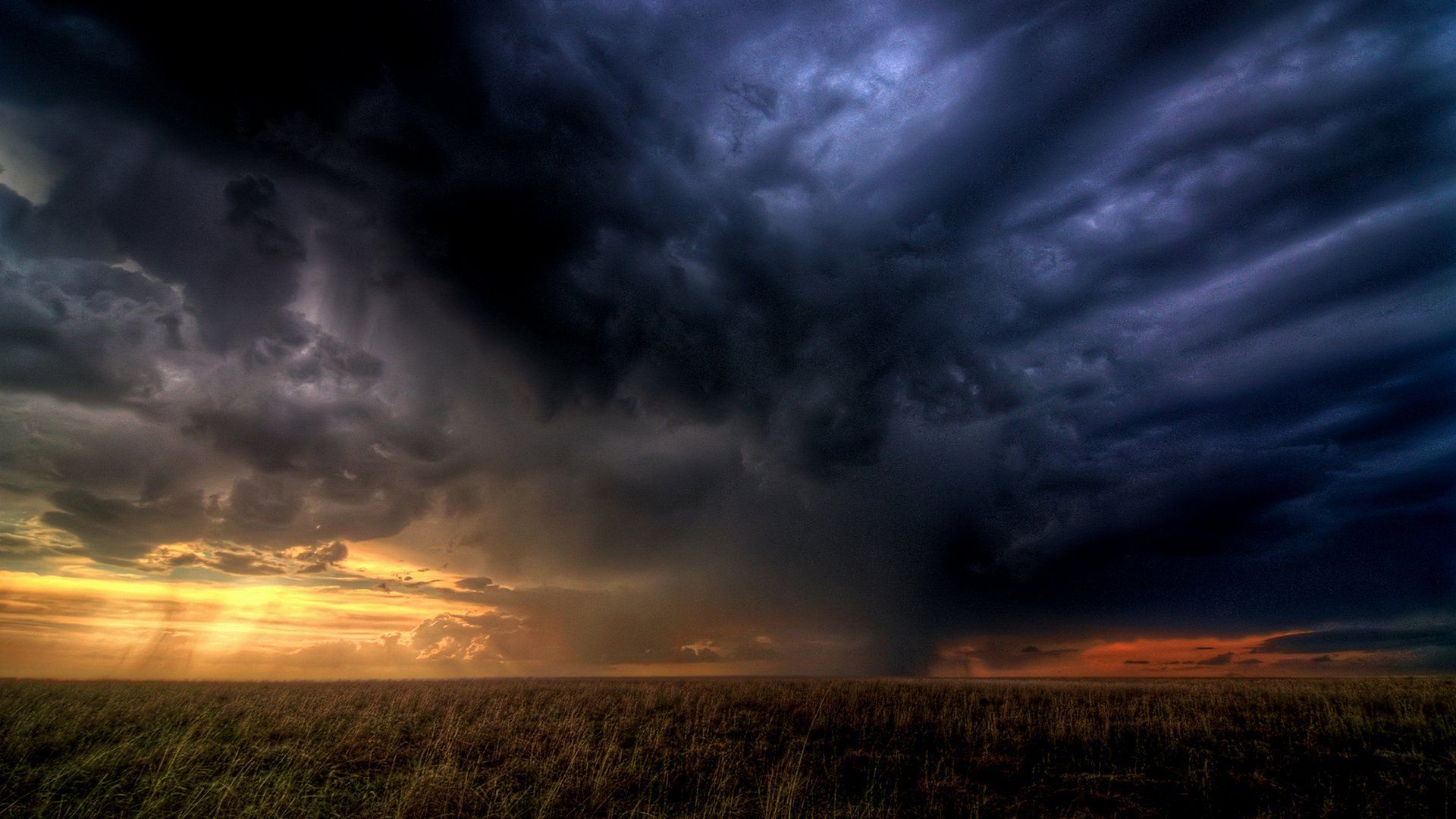

Let’s talk about the weather.
A new report from the UN Office for Disaster Risk Reduction found that 90 percent of all major disasters in the past 20 years were caused by weather. From floods to droughts, storms to heatwaves, a grand total of 6,457 events claimed the lives of 606,000 people, and impacted 4.1 billion others, who were either hurt, homeless, or needed help after disaster struck. The events also caused an estimated $1.89 trillion in damage.
The events were pulled from the International Disaster Database, also known as EM-DAT, a massive database of disasters around the world.
The events in EM-DAT are classified into several major groups. The two largest being technological and natural disasters. Natural disasters encompass weather-related events like floods, storms, etc, biological causes like disease outbreaks, geological events like volcanic eruptions, tsunamis and earthquakes, and extraterrestrial events. (Don’t get too excited, they just mean meteorite impacts, not alien warfare.) Technological events are building collapses, infrastructure failure, or transport accidents.
All disasters listed in the database (which stretches back to 1900) must meet at least one of four criteria. For any given event to be included in the database, the event must have either caused the death of 10 or more people, affected 100 or more people, caused the country in which it occurred to declare a state of emergency, or triggered a call for international assistance.
Purposeful attacks, however disastrous, are not present in the database. For example, in the category of technological disasters that occurred in the United States in 2001, the crash of American Airlines Flight 587 was included, but the September 11 attacks are not. In war-torn nations like Syria, only one storm and 3 technological events are listed between 2010 and 2015 for a total of 91 deaths, while publications like The New York Times put the death toll in Syria at 200,000 deaths due to violence since the war started in 2010.
With that caveat firmly in place, the number of deaths due to weather is troubling, and different parts of the world are getting hit with different types of weather troubles. The most common weather disaster is flooding, making up nearly half of the total events. But floods, while devastating, aren’t nearly as deadly as storms, which were responsible for the deaths of 242,000 people, primarily in poorer countries. 138,000 of those deaths were attributable to a single cyclone that struck Myanmar in 2008. Heatwaves, on the other hand primarily affected wealthy countries, killing 148,000 people in 20 years, mostly in Europe, a continent not used to extreme heat.
Experts worry that events like this will continue to increase as climate change continues. Higher temperatures caused by global warming can change weather patterns and raise sea levels, putting an even greater proportion of the world’s population at risk.
